| Name: | T F 2 (this was a name not a pennant number) |
| Type: | Train Ferry |
| Launched: | 12/09/1917 |
| Completed: | 11/1917 |
| Builder: | Armstrong, Whitworth & Co Ltd |
| Yard: | Low Walker |
| Yard Number: | 922 |
| Dimensions: | 2678grt, 1106nrt, 350.5 x 58.7 x 15.5ft |
| Engines: | 2 x T3cyl (18, 29 & 47 x 27ins), 403nhp |
| Engines by: | Wallsend Slipway & Engineering Co Ltd, Wallsend |
| Propulsion: | 2 x Screws, 12.0knots |
| Construction: | Steel |
| Reg Number: | n/a; (1921: 145207) |
| History: | |
| 11/1917 | War Office (British Army) |
| 19/05/1921 | Port of Queenborough Development Co Ltd, London; renamed TRAIN FERRY NO 2 |
| 1923 | Great Eastern Train Ferries Ltd, London |
| 1924 | London & North-Eastern Railway, London |
| 13/06/1940 | Abandoned |
| Comments: | Designed to help alleviate the bottlenecks at the Channel ports during WW1. |
| Conventional ships were loaded with all sorts of heavy and bulky war materiel and then unloaded after a very short journey by sea. Roll-on roll-off train ferries were seen as a way round this problem. They were designed to be used from the new Military Port of Richborough in Kent but started service between Southampton and Dieppe as Richborough was not complete. | |
| The War Office ordered three vessels despite the objections of the Admiralty about being a waste of time and effort and that they would not provide the service required. All the objections were disproved in practice and the first vessel entered service 11 months after Cabinet approval had been given for the project. | |
| They had four sets of rails along the train deck & used a link span to load when in harbour. The greatest vindication for the design was the carriage of two siege guns each weighing 189 tons that were rolled onto the normal cargo deck. | |
| Armed with 5 x 1 x 20mm guns | |
| All three were laid up after 1922 | |
| 1923: Used on the Harwich and Zeebrugge (and briefly to Calais) service | |
| 13/06/1940: Shelled off St Valery-en-Caux & beached. 14 crew killed |
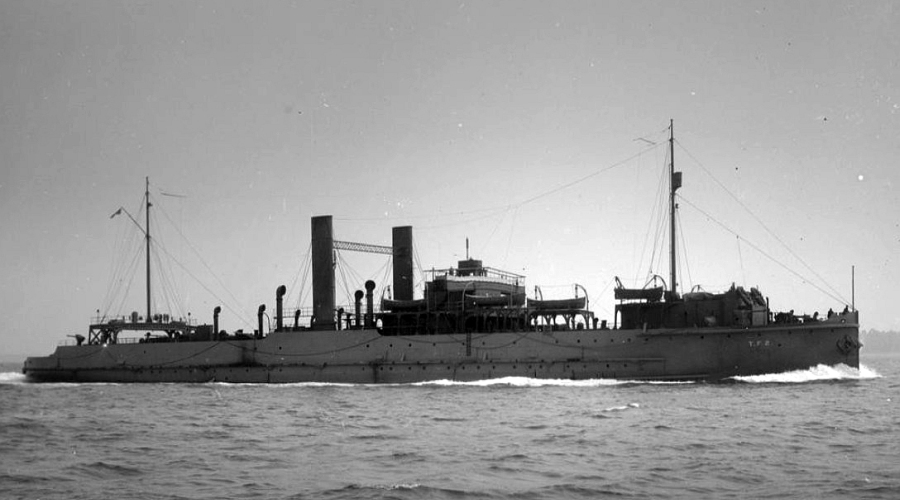
Above photo is copyright of the Imperial War Museum
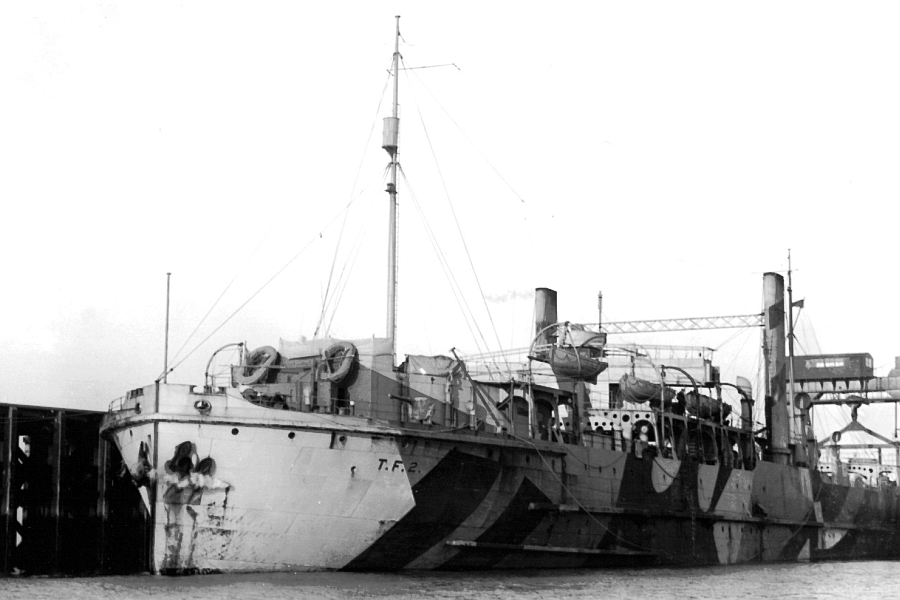
Above photo is courtesy of Photoship
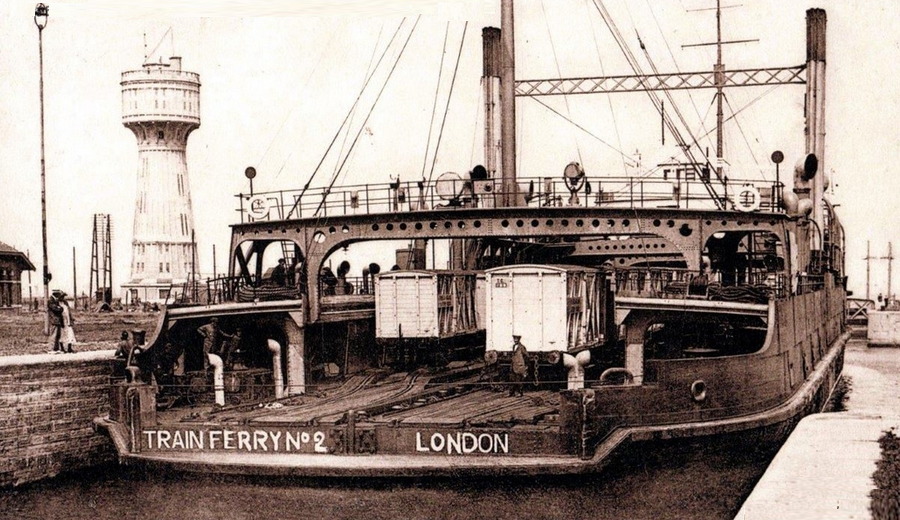
Above photo is courtesy of Photoship
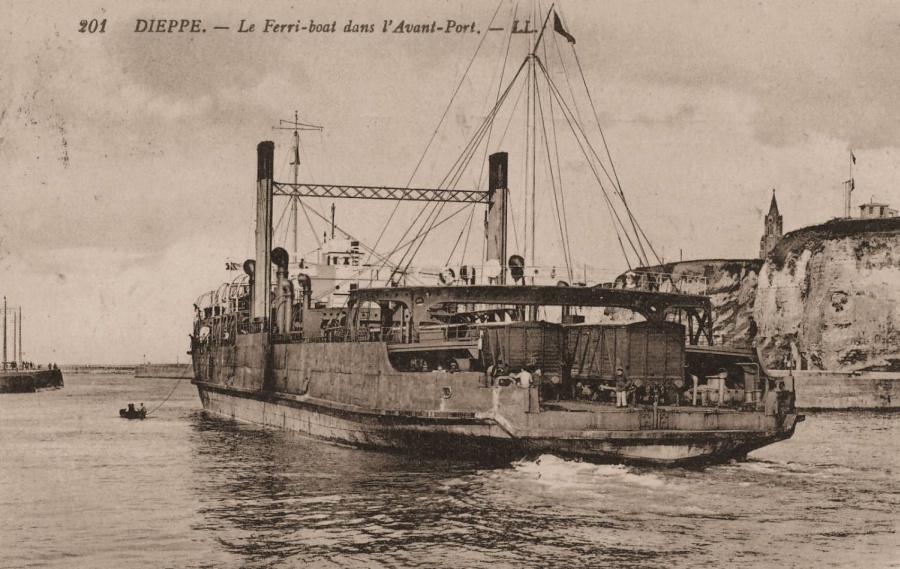
Above photo is courtesy of Photoship
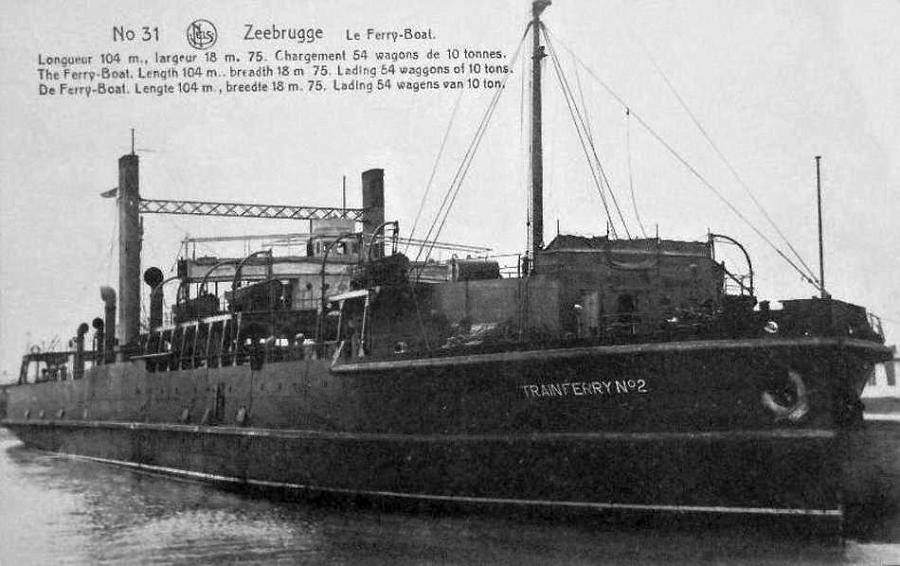
Above photo is courtesy of Photoship
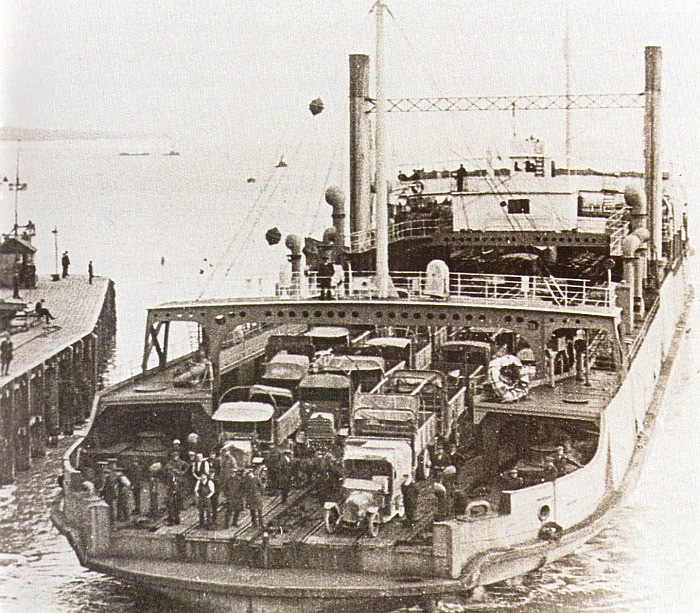
Above: One of the 3 ferries in 1919 showing that they could be used for road transport as well as trains
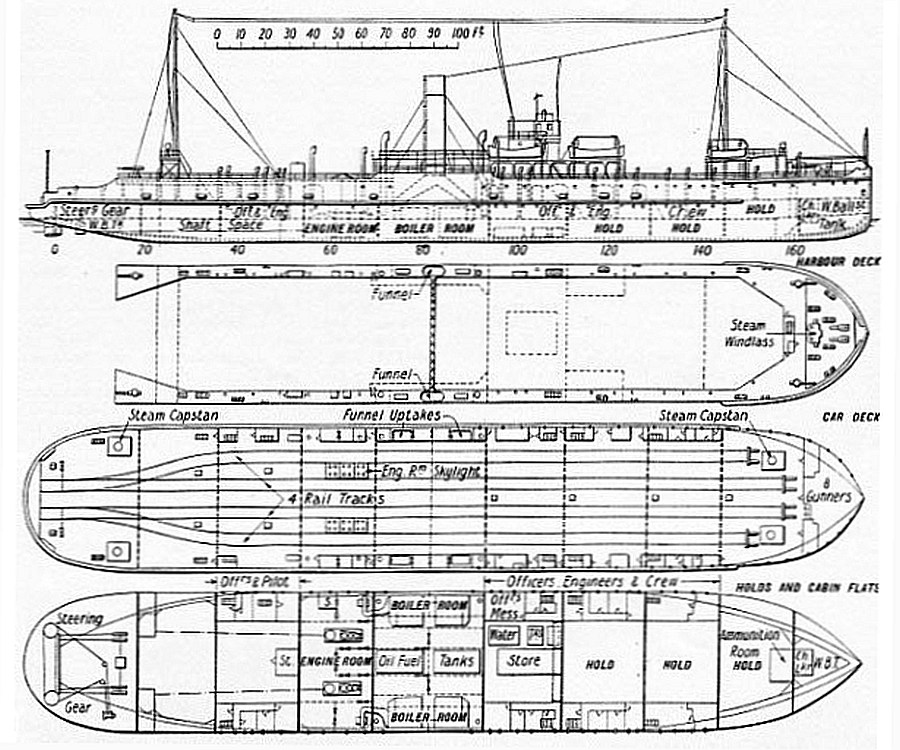
Above image is courtesy of Photoship